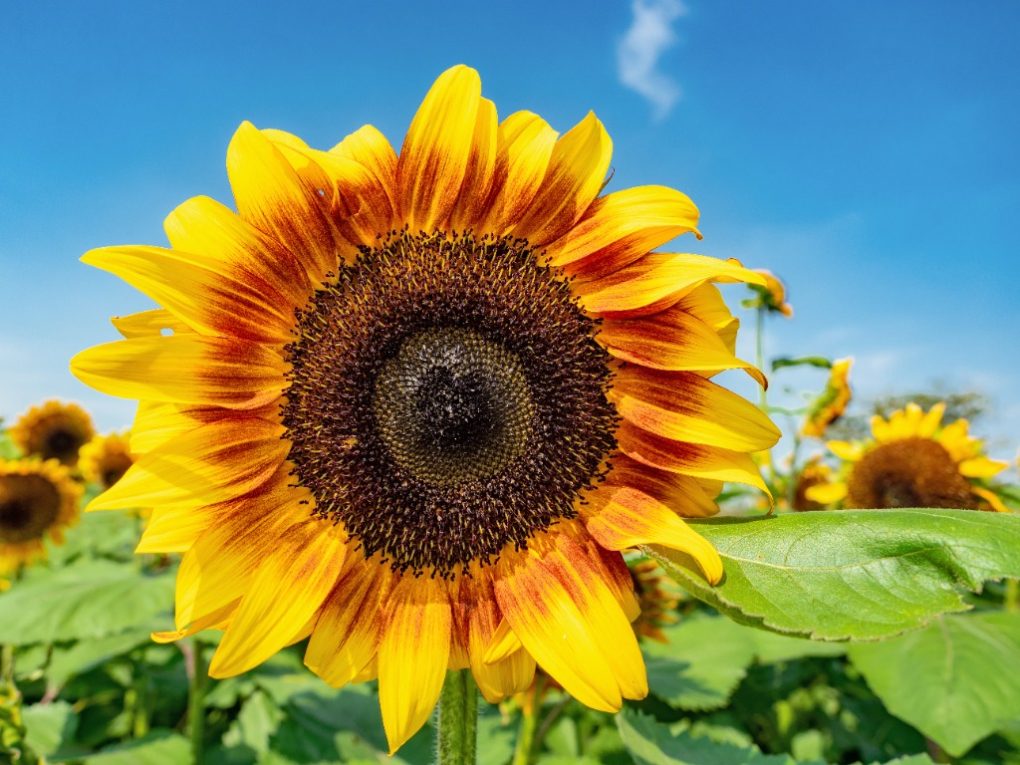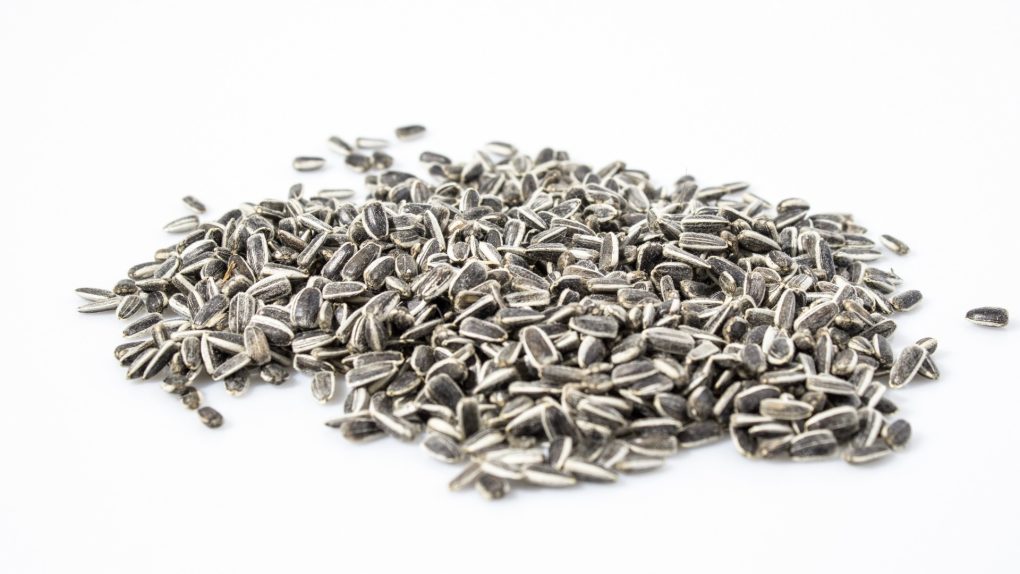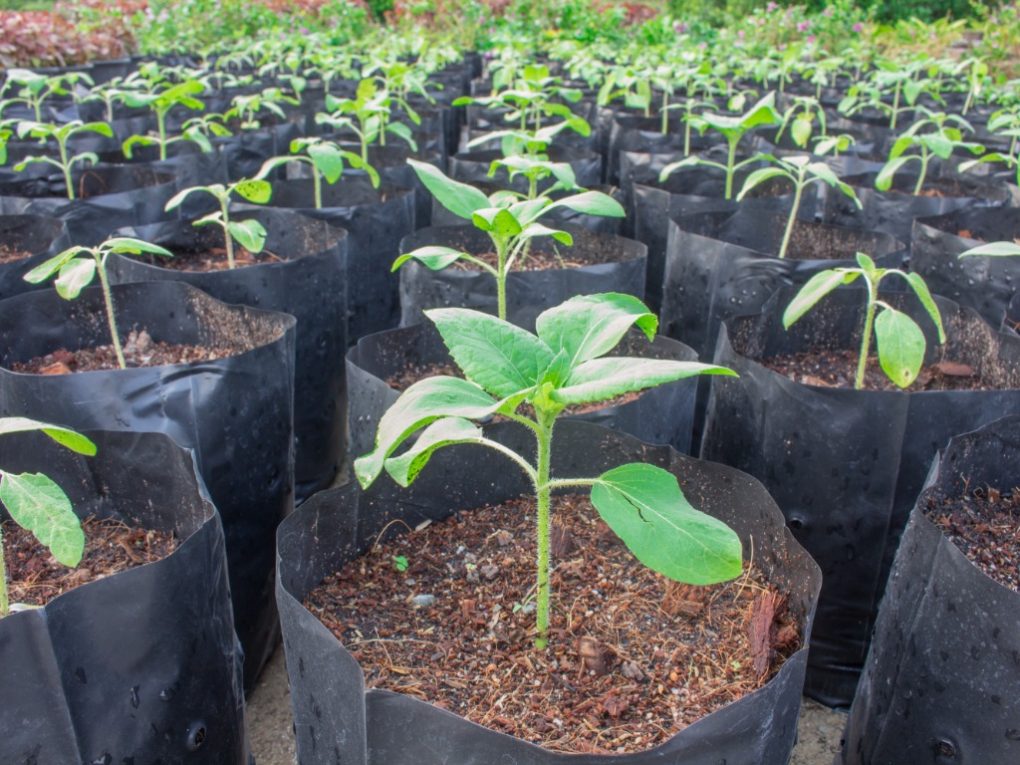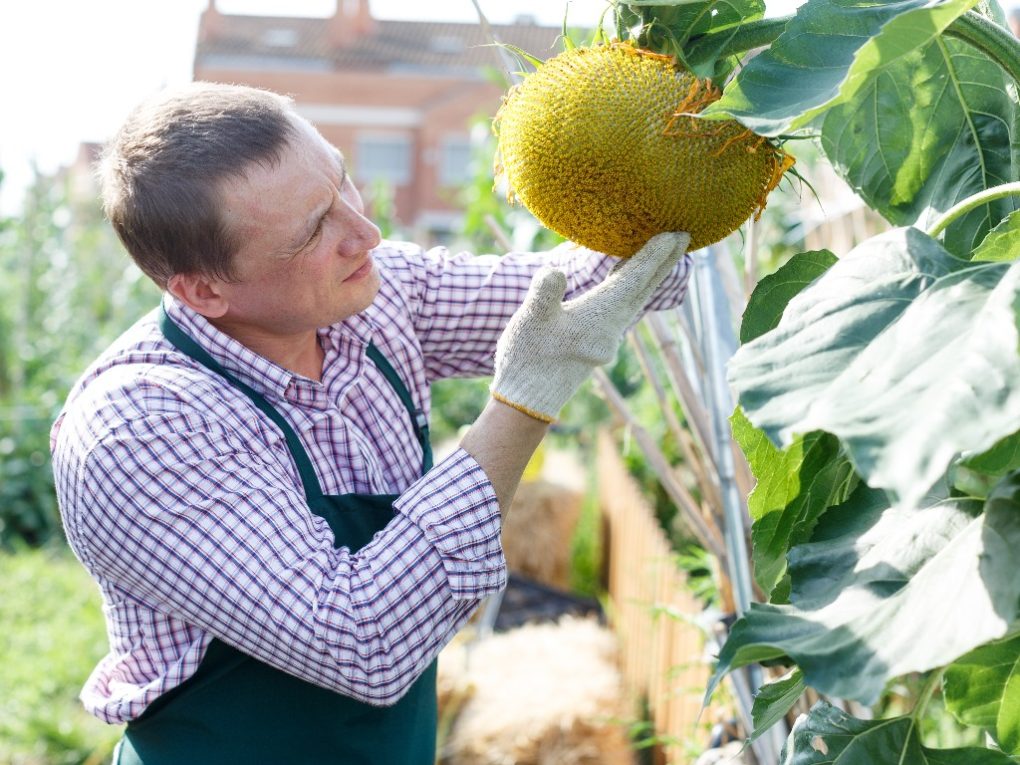When to Plant Giant Sunflower Seeds for Optimal Growth
Giant sunflowers can add a touch of magic to any garden, and planting them can be a rewarding and enjoyable experience. To ensure their success, knowing the best timing for planting giant sunflower seeds is crucial.

The optimal time to plant giant sunflower seeds is after the last spring frost, and when the soil temperature reaches 60 degrees Fahrenheit. This typically occurs between late March and mid-May, depending on your location. While purchasing starter plants is an option, the easiest method is to sow the seeds directly into the ground.
Choosing a sunny location with well-draining soil is essential for planting giant sunflower seeds. Additionally, consider the variety of sunflowers you wish to grow. Some varieties grow straight up with smaller flowers, while others can reach towering heights and produce massive blooms. Planting giant sunflower seeds with proper care and attention can result in a stunning display of towering blooms that will brighten any garden.
Table of Contents
Considerations for Climate
Giant sunflowers thrive in warm climates with ample sunshine. They require a long growing season of at least 100 days, so planting them at the right time is crucial. If you want to start planting, wait until after the last frost of spring when the soil temperature reaches 60 degrees Fahrenheit.
Take into account the climate of your specific region. Giant sunflowers do best in areas with hot summers and mild winters. In cooler climates, start your seeds indoors and transplant them outside as soon as the weather warms up.
For regions with a short growing season, planting a shorter variety of sunflowers or starting seeds indoors can give them a head start. Remember that some giant sunflower varieties can grow up to 15 feet tall, so choose a location with plenty of space and full sun exposure.
Preparing the Soil
Giant sunflowers require well-draining soil that is rich in organic matter. Prepare the soil by digging an area approximately 2-3 feet in circumference and 2 feet deep. Remove any rocks, weeds, or debris from the soil.
Next, enhance soil fertility by incorporating compost or well-rotted manure. Next, aim for a soil pH of 6.0 to 7.5, ideal for growing sunflowers. Test the soil pH and adjust it if necessary to achieve the desired level.
Ensure that the soil is moist but not soggy. Excessively wet soil can cause the seeds to rot, while overly dry soil can hinder germination. When planting sunflower seeds, space them at least 6 inches apart to provide adequate room for growth. Cover the seeds with soil and water them thoroughly.
Selecting the Right Seeds
Giant sunflowers are popular among gardeners seeking to add drama to their outdoor spaces. Before planting, choosing the appropriate seeds for your garden is essential. Consider the following factors:

Seed Size: Giant sunflower seeds are significantly larger than regular sunflower seeds. Look for plump, firm seeds without cracks or holes.
Seed Type: Various types of giant sunflowers are available, each with unique characteristics. Popular varieties include American Giant, Kong Hybrid, and Mammoth Greystripe. Consider each variety’s height, flower size, and color before selecting.
Seed Age: Fresh seeds germinate more easily than older ones. Look for seeds that are less than a year old for optimal results.
Seed Source: Purchase seeds from a reputable supplier to ensure high quality and disease-free. Alternatively, if you have previously grown sunflowers, you can save seeds from your plants.
Selecting the right seeds ensures robust and healthy growth, resulting in a beautiful sunflower display in your garden.
Timing of Sowing
Giant sunflowers make a magnificent addition to any garden, boasting large, vibrant flowers that can reach up to 16 feet tall. To maximize their growth and development, it is crucial to sow the seeds at the right time.
The best time to plant giant sunflower seeds is late spring or early summer, once the last frost has passed and the soil has warmed up. Sunflowers are warm-season crops and require plenty of sunlight and warmth to thrive. Planting too early can result in stunted growth, while planting too late can limit the growing season and yield smaller flowers.
Remember that the exact sowing time may vary depending on location and climate. For example, gardeners in warmer regions may be able to plant earlier in the season, while those in cooler areas may need to wait until later in the summer.
When sowing giant sunflower seeds, choose a location with full sun exposure and well-draining soil. Plant the seeds approximately 1 inch deep and space them 6 inches apart, with rows spaced at least 3 feet apart. After planting, ensure the soil remains moist but not waterlogged to encourage germination.
In summary, planting giant sunflower seeds at the right time and in optimal conditions will yield impressive and beautiful blooms in your garden.
Planting Technique
Giant sunflowers are easy to grow but require attention to reach their full potential. Here are some tips for planting giant sunflower seeds:
- Choose a spot with full sun exposure and well-draining soil.
- Plant the seeds approximately 1 inch deep and space them 6 inches apart.
- Water the seeds gently but thoroughly, careful not to wash them away.
- Once the seedlings emerge, thin them out, leaving approximately 12 to 18 inches of space between each plant.
- Water the sunflowers regularly, avoiding overwatering to prevent root rot.
- Apply a balanced fertilizer every two weeks to ensure the sunflowers receive sufficient nutrients for tall and robust growth.
Remember that giant sunflowers have shallow roots requiring loose and well-draining soil. Compacted or heavy soil may hinder their growth and height. To protect the tall stalks from damage, consider planting sunflowers in a location shielded from strong winds. If you live in an area prone to storms or high winds, staking the sunflowers can provide extra support.

With the right planting technique and proper care, you can grow giant sunflowers that will be the envy of your neighborhood!
Maintenance
Once your giant sunflowers have sprouted and started growing, several maintenance practices can help them thrive:
- Water regularly: Sunflowers require consistent moisture for healthy growth, water deeply once or twice a week, depending on rainfall and temperatures.
- Apply fertilizer: Sunflowers are heavy feeders and benefit from ample nutrients. A balanced or phosphorus-rich fertilizer encourages robust root growth and large blooms.
- Stake tall plants: If you are growing particularly tall sunflowers, consider staking them to prevent toppling in strong winds. Use sturdy bamboo poles or stakes and secure the plants with soft twine.
- Remove dead blooms: Regularly remove dead flowers from your sunflowers to encourage more growth and prevent disease.
- Monitor for pests: Sunflowers can attract aphids, caterpillars, and other pests, and regularly inspect your plants and use organic pest control methods if necessary.
You can enjoy their majestic beauty and impressive blooms throughout the season by providing proper care to your giant sunflowers.

Harvesting
Giant sunflowers not only offer stunning visual appeal but also provide a bountiful harvest of seeds. There are two methods for harvesting sunflower seeds:
- Harvesting the whole head: Wait until the back of the head turns yellow-brown and the large heads begin to droop and turn down. Slice off the head of the stem with a sharp knife or pruning shears, leaving a few inches of stem attached. Hang the heads upside down in a warm, dry, and well-ventilated area for a few weeks to dry out. Once dry, remove the seeds by rubbing two heads together or using your fingers to pry them out.
- Harvesting individual seeds: Wait until the back of the head turns yellow-brown and the seeds are mature. Cut the stem, leaving a few inches attached to the head. Place a paper bag over the head and tie it around the stem. Hang the heads upside down in a warm, dry, and well-ventilated area for a few weeks to dry out. Once dry, remove the seeds by rubbing two heads together or using your fingers to pry them out.

Store the seeds in an airtight container in a cool, dry, and dark place to prevent spoilage. Correctly stored sunflower seeds can last up to six months.
In conclusion, planting giant sunflower seeds can be a rewarding experience for gardeners of all levels. These impressive plants can reach extraordinary heights and produce stunning flowers that enhance any garden. Consider the type of sunflower, the planting location, and the timing of planting to ensure a successful and remarkable display.
